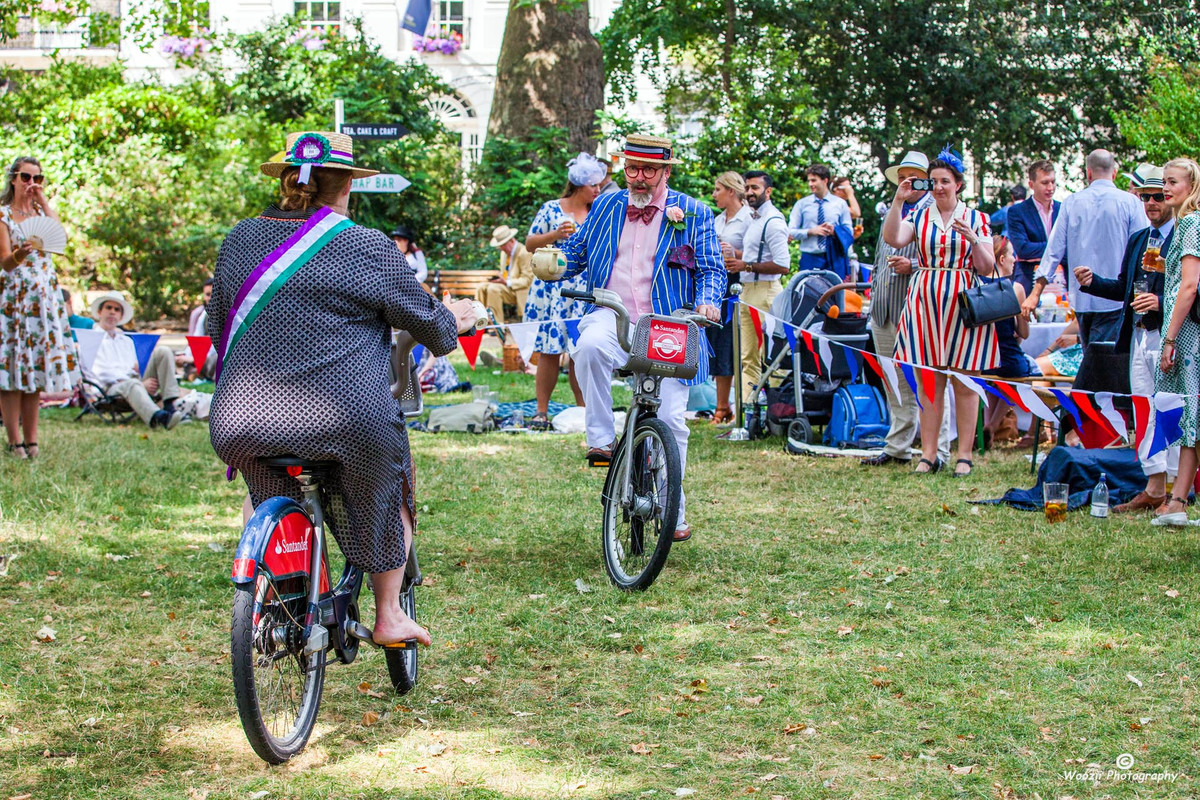- Home
- Hearing Loss
- Hearing Aid Use And Care
Hearing aids and sports - a How To Guide
2020-09-08We all know we should be getting more exercise, regardless of our age; but more often than not, we find myriad reasons not to put our health first. Don’t let your hearing aid become yet another excuse not to stay in shape. With proper care and maintenance, your hearing aids should remain in tiptop shape whether you like to jog around town, bike through the park, or spend a day on the golf course.

The biggest challenge facing hearing aids during exercise is the buildup of moisture that can harm delicate internal circuitry. While you clearly can’t take your hearing aids for a dip in the pool, with some basic steps they can accompany you on a run or onto the court.
The biggest source of moisture while exercising isn’t surprising: it’s sweat—and it can harm your hearing aids if you don’t take some simple precautions.
Researchers, including Ronald Schow at the University of Idaho, have found that Behind-The-Ear (BTE) hearing aids are vulnerable when “beads of perspiration form in the hair along the top of the hearing aid” and gradually seep inside.
Therefore, keeping sweat from reaching the circuitry of the BTE hearing aid is the most important step in keeping your devices working problem-free even as you exercise.
Luckily, there are some cost-effective solutions to prevent sweat from penetrating the aid. Among the most popular are special sweat-resistant pouches made just for your hearing aids. One such option is Ear Gear, which slips over your hearing aid and prevents moisture from entering into the electronics.
An even easier solution is to wear a headband or sweatband while exercising, which can help keep sweat from reaching your hearing aids in the first place.

Though moisture is the biggest threat to hearing aids, it’s worth remembering that even the best-fitted aids can come loose during a rough-and-tumble session on the basketball court or the football field and can risk being damaged.
To help avoid accidentally knocking your hearing aids loose, you can use a product such as the Oto Clip, which attaches to your hearing aids and then clips onto your clothes.
Clothes, too, make a difference in the protection of your hearing aids. Sara Batinovich, who wrote a book on managing hearing loss, recommends investing in zip-front sweatshirts rather than hooded varieties, which can disturb your hearing aid placement. She also reminds that bike helmets and even baseball hats need to be carefully sized to avoid interfering with a comfortable hearing aid fit.
Once your workout is complete, it’s a good idea to take a few rudimentary steps to ensure that your hearing aid is properly clean and dry and ready for your next adventure.
One piece of equipment is especially useful in helping maintain your hearing aids after they’ve been exposed to moisture is a "Dry Box". By storing your hearing aids in one of these self-contained drying units overnight, you’re ensuring that any remaining moisture in the aid is safely removed. Many units also sanitize the aids as well, ensuring that no bacteria grows inside the aid or the tubing while it is damp.
In addition to the dry box, a simple cleaning is always good practice after wearing your hearing aids during exercise. You can help remove moisture from the tubing by using a compressed air canister and can brush dirt and debris free of the hearing aid with a small cleaning kit.

As with any piece of technology, if you invest time in maintaining your hearing aids after you use them, you’ll extend their lifetime and help identify potential issues much faster.
While exercise with your hearing aids requires some planning, hearing aids can be safely worn during your favorite (non-aquatic) sport. In fact, being able to properly hear can be a huge asset for your own safety—and it might even improve your performance on the golf course, too.
Latest
- 4 Essential Communication Rules for Family Members of Hearing Aid Users
- Hearing Aid "Break-In Period": Say Goodbye to Discomfort, Hello to Clear Sound
- The ultimate guide on how to choose hearing aids for seniors
- In addition to performance, how do parents choose children's hearing aids?
- Hearing Care Professional: How Do You Maintain Your Hearing Aids Regularly?
Hearing Aid Use And Care













All 0 comments